I had out of town visitors last week. That’s what happens when you live in sunny south Florida in the winter. It was a long week. I did have ONE good house guest last week, however. It was Max, the newly diagnosed diabetic cat. He was the subject of a prior article because he much prefers kibble over canned food. How that vexes us veterinarians trying to treat a diabetic feline! Low carb diets really improve glucose control in cats, and canned food is usually much lower in carbs than dry food.
Well, I’ve got to hand it to his human. She is a smart cookie. I shouldn’t be surprised at her genius as she is a nurse. He didn’t like the canned diabetic food I sent home. So she put it in the blender to make it a gravy consistency and suddenly he likes it. Wow! I graduated vet school before we had internet. Some days I feel a little long in the tooth. Let’s just say I’ve been around the vet block. Why hadn’t I thought of that! I’m spreading the word. She just blends a bit of the canned food and puts it on the canned food as if it were gravy and he is eating it just fine. I’m happy to report that Max’s glucose numbers are fantastic not even 2 weeks into treatment.
I can understand texture preferences. I personally do not like milkshakes. I like ice cream but don’t like the milkshake consistency. I like raw carrots but not cooked carrots. I’ve long thought felines are just humans in cat suits. Some prefer kibble. Some prefer canned food. Some are big game hunters and prefer a lizard or a mouse to any gourmet delicacy we set forth. I think we should offer all kittens both canned and dry food when they are young. I made the mistake of feeding my boy cat dry food when he was a baby. Now if I put canned food in front of him he looks at me as if to say, “What is this slop”?
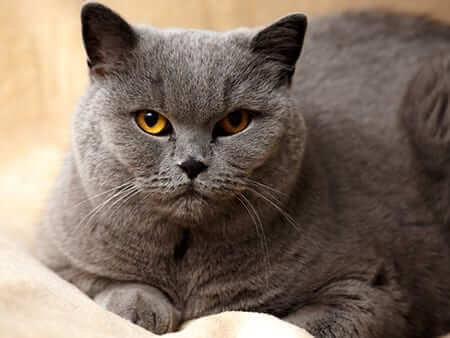
When Veronica (Ronnie for short) became my patient last spring she had not been tested at home. Her prior vet did curves in the hospital. Of course I sent an pet-specific blood glucose meter home with her humans. Easy-Peasy I said! They said they couldn’t get blood easily. Pashaw, I said. I’ll show you how! (I routinely have owners come back for glucose testing lessons as many times as they need until they feel confident to do so themselves.)
Sure enough, Veronica is a tough one to get a blood sample. So I took some stockinette material (that’s vet stuff for casting fractures or making t shirts for pets so they don’t mess with incisions) and put uncooked rice in it. I knotted each end. When used like a heating pad, the warmth stimulates blood flow and after 20 seconds, we were able to easily get an adequate blood sample. The same can be done with a sock. I’ve often offered this suggestion before to clients and it has yet to fail!
Since my job is to encourage good habits (such as home glucose testing) I now send the sock filled with uncooked rice with ALL my glucose meters. Thanks, Ronnie, for teaching me a lesson!
As always, I enjoy hearing from our readers and clients. You can email me at [email protected]. I get a lot of our article topics from questions by readers.
NOTE: Consult your veterinarian to confirm that my recommendations are applicable for the health needs of your pet.
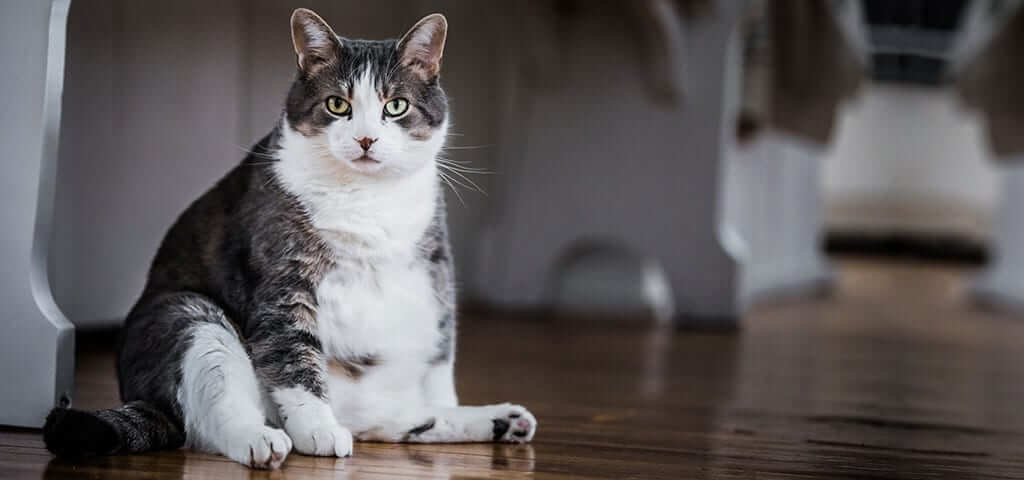
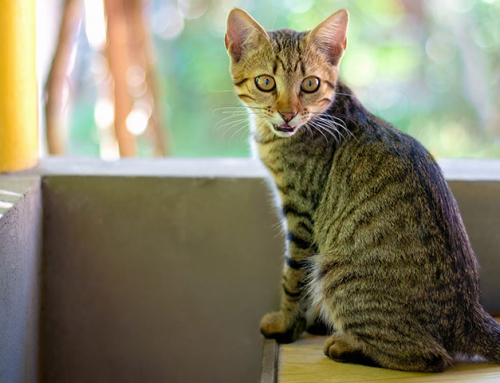
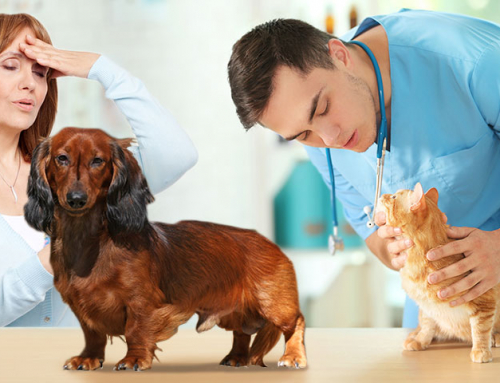
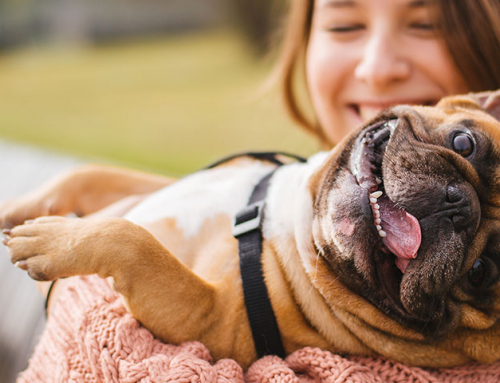

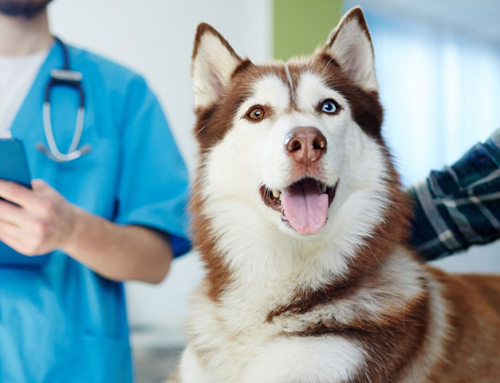
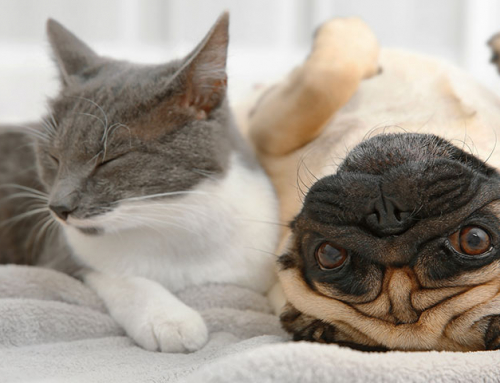
Leave A Comment